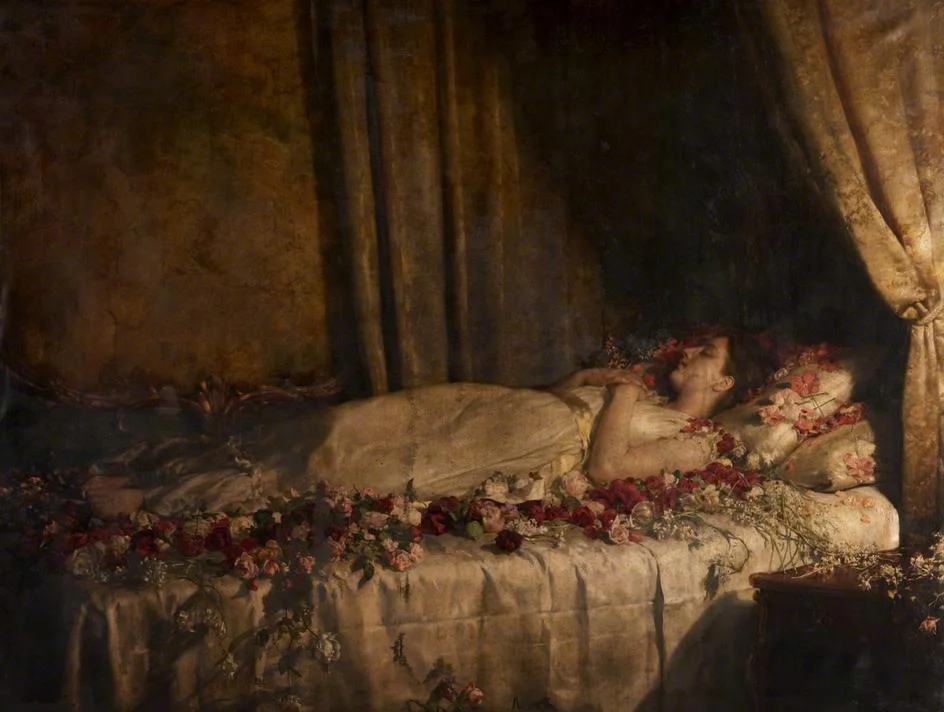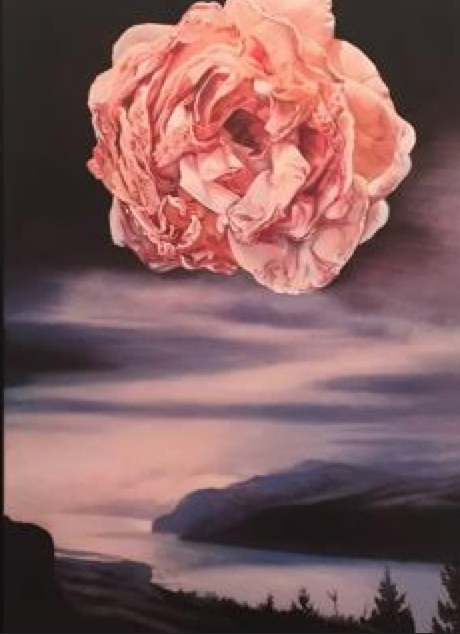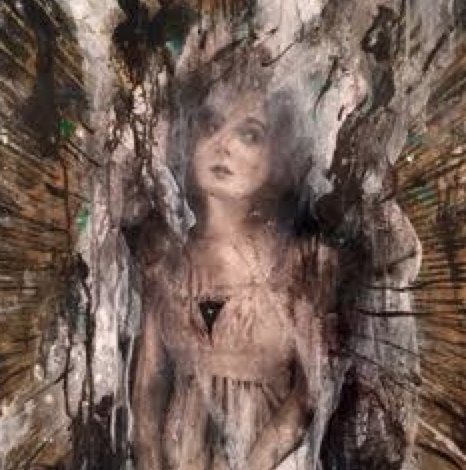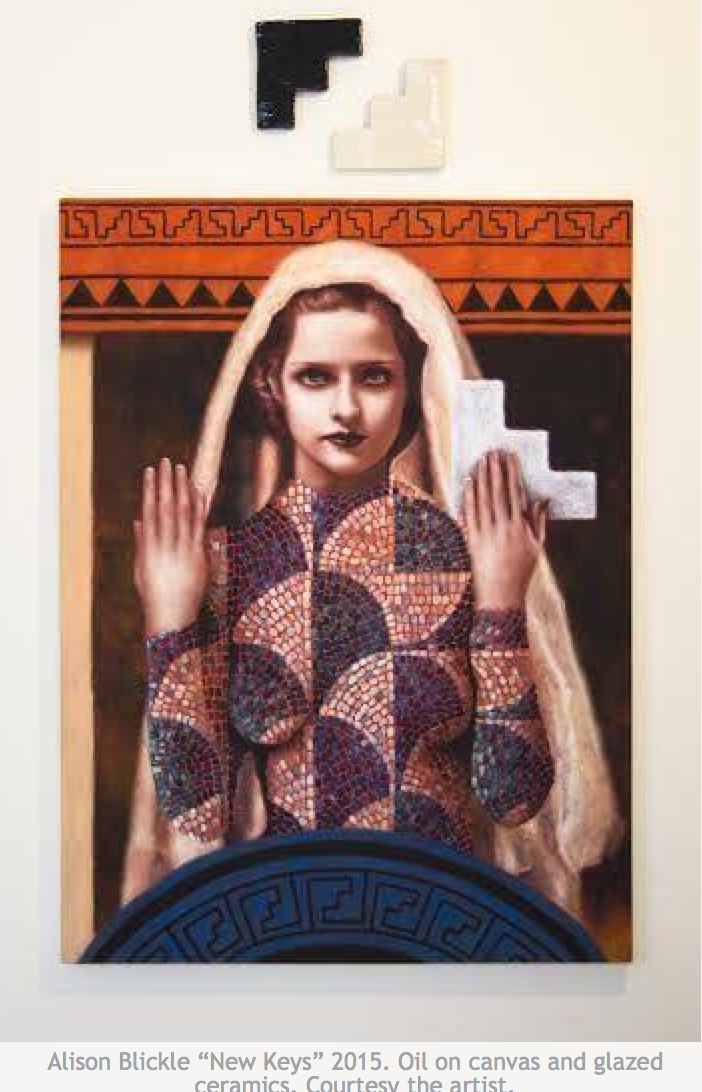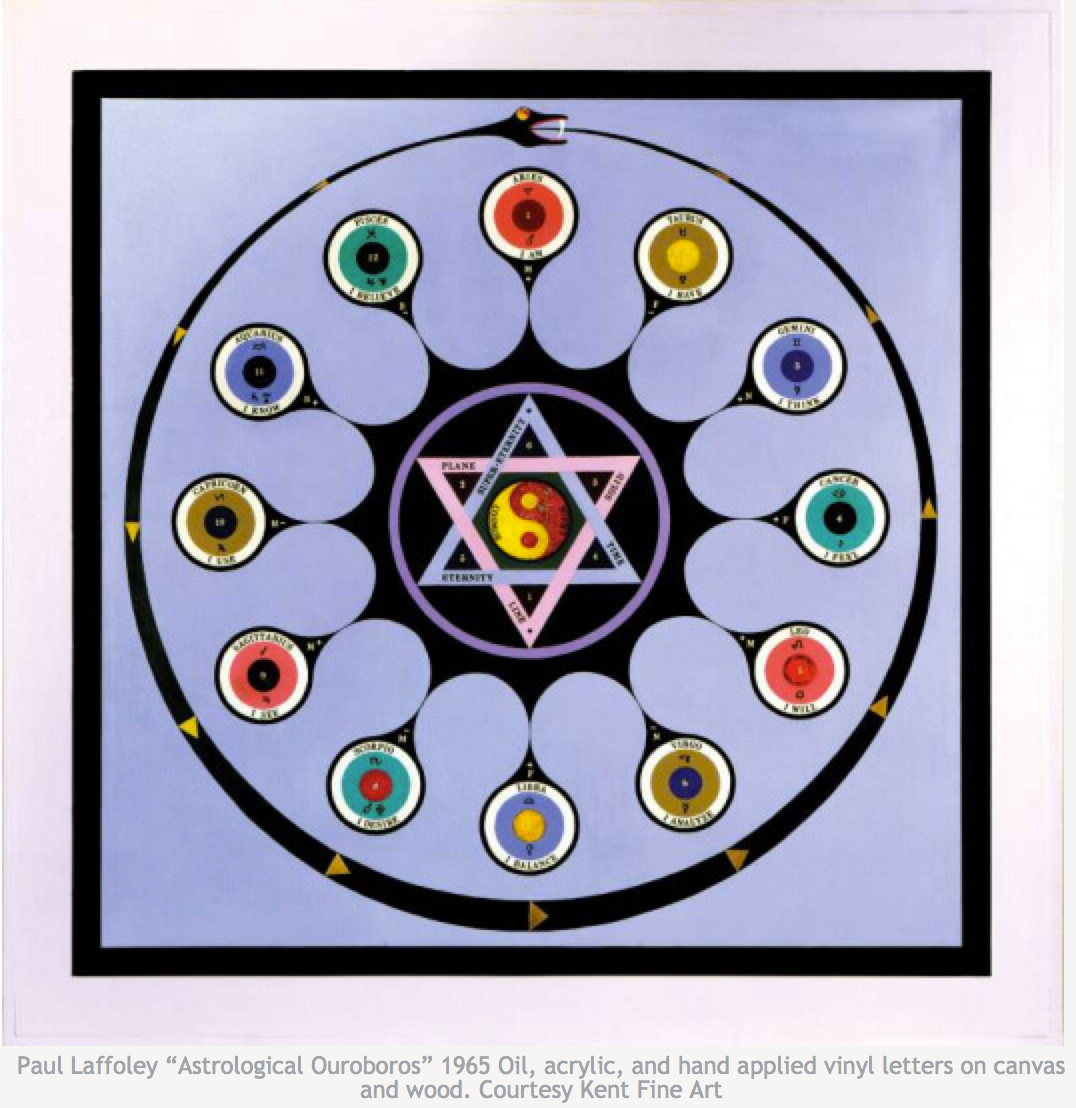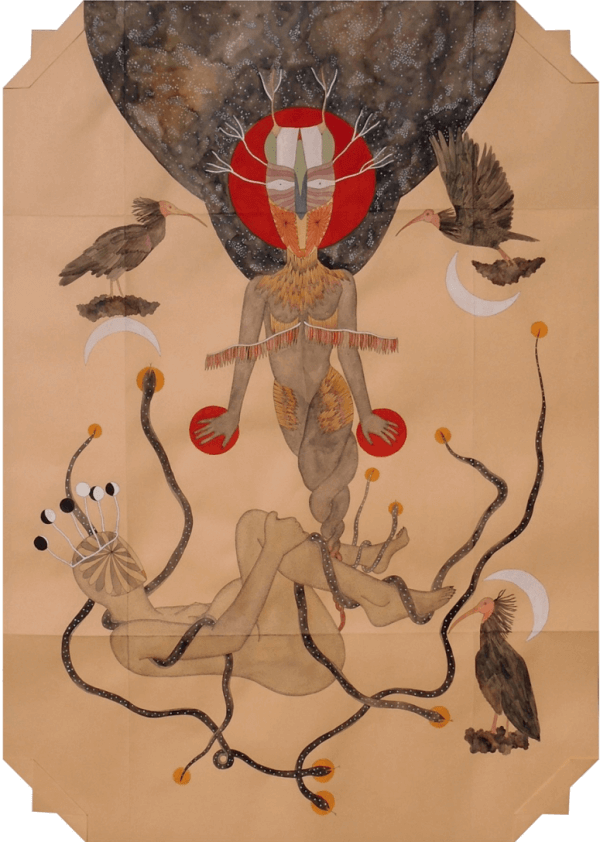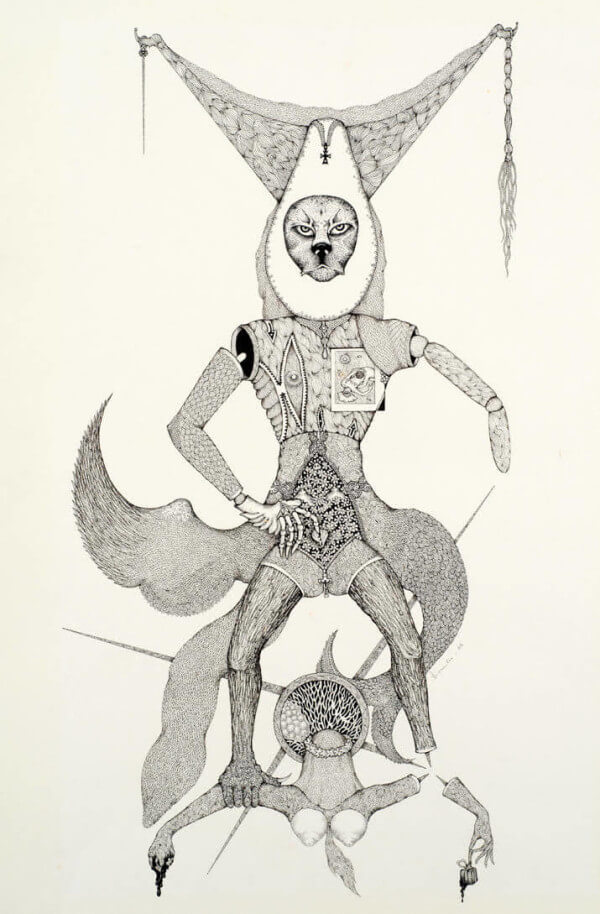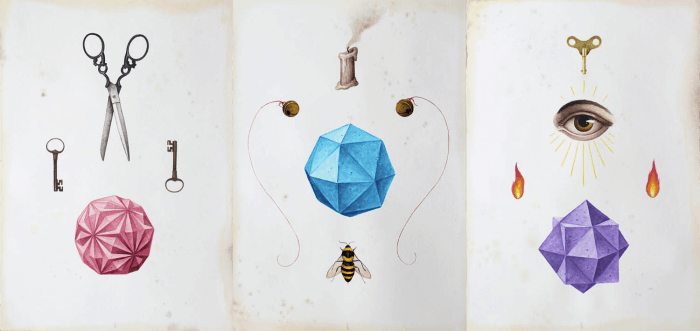Prue, Piper, and Phoebe (and later Paige) are as much human as they are super-human. They struggled. Relationships failed. Jobs were lost. Just because Piper inherited the power of molecular manipulation, that didn’t mean her business wouldn’t threaten to go bust; while Prue could astral-project to be on two planes at any given moment, this didn’t give her the power to forgive her father for abandoning her and her sisters when they were young. Yes, witchcraft is here to protect us, and it does. But, as Almásy writes in The English Patient, “the heart is an organ of fire”, and no magic can protect that from being broken. The sisters knew that. In fact, they grappled with it frequently -- most of all, perhaps, in the season three finale, when they learned their hardest lesson to date: that magic could not save the life of their sister, Prue. It was at this moment that the audience were to understand that the Halliwell’s are not defined by their magic, or by their power, but by their humanity: they are sisters first, witches second. It was this display of solidarity, this unwavering loyalty to sisterhood, that played an important role in how I see myself as a woman, sister, and feminist.
Charmed existed in a sort of mid-90s golden-age of the super-powered female lead on television. There was Buffy. There was Sabrina. There were the Charmed Ones. What remains so unique about the latter, for me, is the show’s postfeminist values and the way it challenged traditional notions of what it meant to be a ‘strong woman.’ They were attractive, fashion-forward, individualistic, and sexually experimental. They kicked demonic ass and raised babies. They held down demanding jobs and threw fireballs at ex-boyfriends. The sisters were multifaceted, powerful women with a ‘girl-power’ rhetoric, though never entirely paradoxical to second-wave feminist ideals. What Charmed did, and did very well, was create a whole community of powerful, unique women, or, as Susan Latta writes, “[represented] the interconnection of empowered individuals and collective action.” Power, style, sin, sisterhood, desire: suddenly, these tough girls with innate supernatural capabilities found themselves understood within the wider context of contemporary feminism.
But Charmed wasn’t merely concerned with a popular mediation of femininity. Rather, the show is unique in its representation of an alternative, often marginalised religious paradigm in contemporary media. Focusing specifically on Wiccan philosophy rather than ‘witchcraft’ as an umbrella term, the sisters’ magic is rooted in the beliefs, structure and limitations of Wicca. Granted, there was glitz, glamour and special effects to-boot, but Charmed worked hard to represent the Wiccan faith with respect and accuracy. As Michaela D.E Meyer notes in her essay “‘Something Wicca This Way Comes’: Audience Interpretation of a Marginalized Religious Philosophy on Charmed”, the show’s writers were particularly skilled at weaving Wiccan philosophies into the narrative, such as not using magic for personal gain and an understanding that magic comes at a price.
For me, though, as a young woman obsessed with locked doors and unknown worlds, I found this popular representation of witchcraft entirely accessible. It was as though everything suddenly clicked into place. I devoured all that I could on Wiccan philosophy and Pagan cultures. I created my own Book of Shadows, a grimoire full of awkwardly written spells and uncomfortable rhymes. I would lay an atlas on my bedroom floor and scry for family members. I would stare at glass vases and wait for my powers of telekinesis to kick in. I can still recite “Dominus Trinus”, the spell to invoke the sisters’ powers (In this night and in this hour / We call upon the Ancient Power). As fervently as I waited for my Hogwarts letter, I waited for my powers to come.
But, eventually, that curious young girl would grow into an adult woman with a registry for darkness. While I follow no set religious path, I recognise and honour an innate spirituality. Witchcraft, ritual, spell-casting, the Occult -- these are all important to how I see myself as a woman and writer. I practice the tarot. I collect moon water. I celebrate the seasons. I’m constantly learning to better work with my own spiritual source. Constantly learning to be a better feminist. A better person.
It is this sense of constant growth and personal reinvention that characterises much of Charmed. A recurring theme throughout the series is that of reconciling their witchcraft with their personal selves, their womanhood, and the consequences that come from this. They aren’t perfect versions of themselves, by any means. They make bad decisions and have been known to choose themselves over the Higher Cause. They can be selfish. Piper chooses to marry Leo in secret, against The Elders’ rules. Phoebe falls in love with Cole, a half-demon and later The Source of All Evil, despite her sisters’ disapproval. In many ways, Phoebe is the most feminist of the three sisters, in spite and because of her many imperfections. We see her evolve from a reckless young girl with few prospects into this fierce, successful, loyal woman with great spirit. She put herself through school, worked hard to get a job she loved, and she did it entirely on her own. She grew up fast and hard and well, and did so in a universe filled with demons, death, and madness. But for me, it was her imperfections that made her who she was. She screwed up. Routinely. Fantastically. Sure, she married the Source of All Evil and became the Queen of the Underworld, but she sure as hell came to her senses and vanquished his demonic ass, too.
That’s what’s so great about the Charmed Ones: they never claim to have it all figured out. They’re always learning, questioning, struggling, and they take responsibility for their actions. They know that what’s coming will come, and they face it when it does. That is what I took from Charmed: that to be imperfect is okay. To be human in a world of chaos is okay. I might not be the best version of myself, but I am, much like the Halliwell sisters, an unstoppable cyclone of female strength and femininity, and that’s all my fourteen year-old self could ever have asked.































